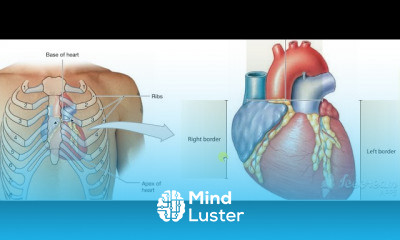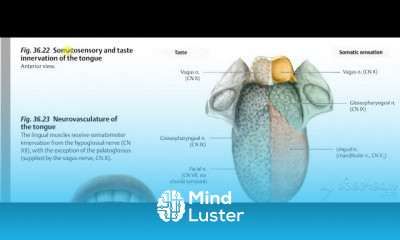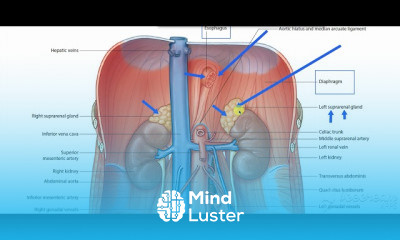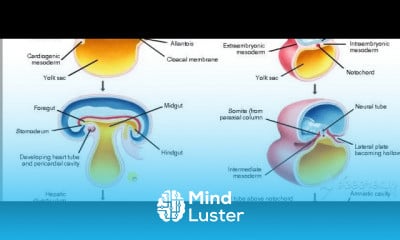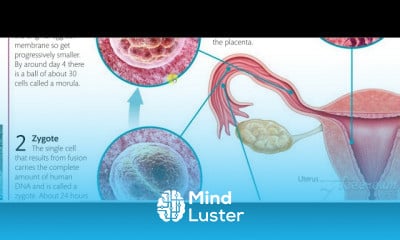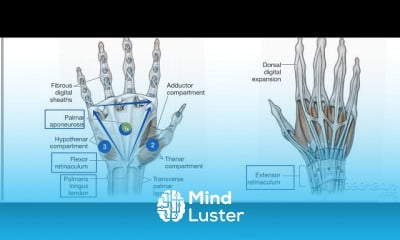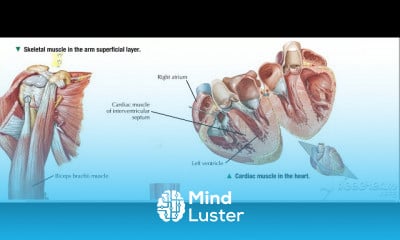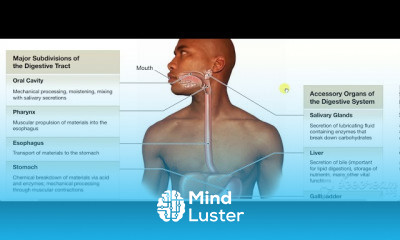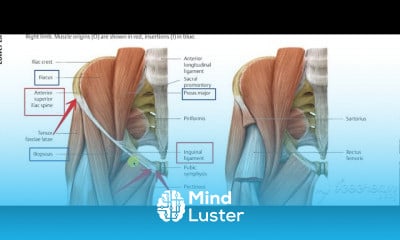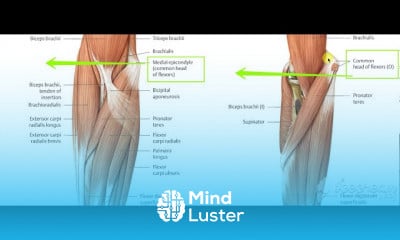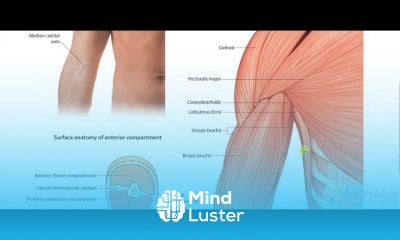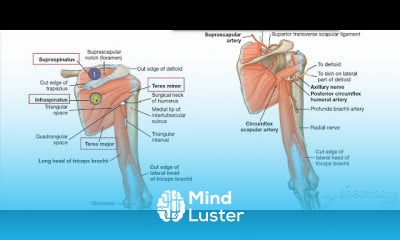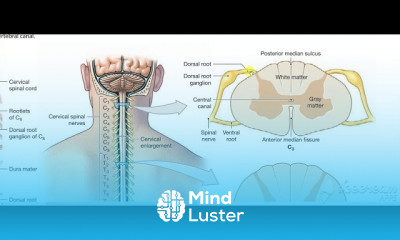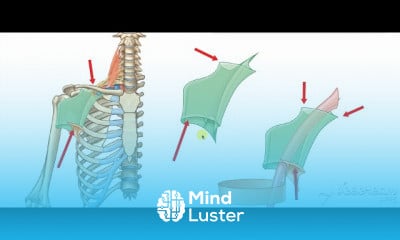langer lines
Share your inquiries now with community members
Click Here
Sign up Now
Lessons List | 13
Lesson
Comments
Related Courses in Medical
Course Description
A fascia is a band or sheet of connective tissue, primarily collagen, beneath the skin that attaches to, stabilizes, encloses, and separates muscles and other internal organs. Fascia is classified by layer, as superficial fascia, deep fascia, and visceral or parietal fascia, or by its function and anatomical location.
Like ligaments, aponeuroses, and tendons, fascia is made up of fibrous connective tissue containing closely packed bundles of collagen fibers oriented in a wavy pattern parallel to the direction of pull. Fascia is consequently flexible and able to resist great unidirectional tension forces until the wavy pattern of fibers has been straightened out by the pulling force. These collagen fibers are produced by fibroblasts located within the fascia.
Fasciae are similar to ligaments and tendons as they have collagen as their major component. They differ in their location and function: ligaments join one bone to another bone, tendons join muscle to bone, and fasciae surround muscles and other structures.
Superficial fascia is the lowermost layer of the skin in nearly all of the regions of the body, that blends with the reticular dermis layer It is present on the face, over the upper portion of the sternocleidomastoid, at the nape of the neck, and overlying the breastbone It consists mainly of loose areolar, and fatty adipose connective tissue and is the layer that primarily determines the shape of a body.[medical citation needed] In addition to its subcutaneous presence, superficial fascia surrounds organs and glands, neurovascular bundles, and is found at many other locations where it fills otherwise unoccupied space. It serves as a storage medium of fat and water; as a passageway for lymph, nerve and blood vessels; and as a protective padding to cushion and insulate.
Superficial fascia is present, but does not contain fat, in the eyelid, ear, scrotum, penis and clitoris.
Due to its viscoelastic properties, superficial fascia can stretch to accommodate the deposition of adipose that accompanies both ordinary and prenatal weight gain. After pregnancy and weight loss, the superficial fascia slowly reverts to its original level of tension.
Trends
Graphic design tools for beginners
Accounting Finance course
Logo Design
Advanced Logo design methods
Customizing type for logos
Web Design 101 Free Full Course
Figma for UX UI design
UX design career in 2025
Graphic Design Basics
Best zoology books
Illustrator poster design for beginners
Figma design basics for beginners
Accounting
Illustrator for logo design beginners
Graphic Design | Photoshop
Web Design Using HTML CSS
Essential skills for web designers
Anatomy Physiology
Financial Accounting
Figma Signing Up and Signing In
Recent
Bioinformatics basics
Bioinformatics databases
Vitamin A to Z tablets
Best zoology books
Best cream for piles pain
Laser surgery for piles
Best cream for piles
Anal fissure treatment
Best antibiotics for diseases
Antibodies structure
Macrophage structure
Drosophila genetics
Diagnostic tests
Bioinformatics
Genetics
Gene therapy
Kidney structure
DNA replication and types
Bacterial cell structure
Parasite structure





